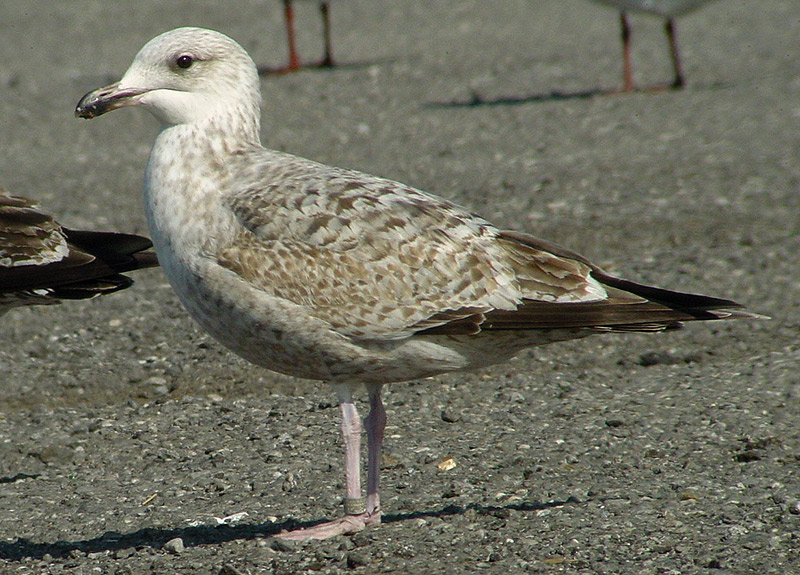 Herring Gull- Zilvermeeuw (argentatus & argenteus)
Herring Gull- Zilvermeeuw (argentatus & argenteus)
(last update:
Herring Gull plumages:
hg 1cy July
hg 1cy August
hg 1cy September
hg 1cy October
hg 1cy November
hg 1cy December
hg 2cy January
hg 2cy February
hg 2cy March
hg 2cy April
hg 2cy May
hg 2cy June
hg 2cy July
hg 2cy August
hg 2cy September
hg 2cy October
hg 2cy November
hg 2cy December
hg 3cy January
hg 3cy February
hg 3cy March
hg 3cy April
hg 3cy May
hg 3cy June
hg 3cy July
hg 3cy August
hg 3cy September
hg 3cy October
hg 3cy November
hg 3cy December
hg sub-ad January
hg sub-ad February
hg sub-ad March
hg sub-ad April
hg sub-ad May
hg sub-ad June
hg sub-ad July
hg sub-ad August
hg sub-ad September
hg sub-ad October
hg sub-ad November
hg sub-ad December
hg ad January
hg ad February
hg ad March
hg ad April
hg ad May
hg ad June
hg ad July
hg ad August
hg ad September
hg ad October
hg ad November
hg ad December
|
Herring Gull H-124858 2cy (argenteus), March 17 2003, Boulogne/Mer, France (50.43N-01.37E). Ringed as pullus on July 17 2002 at Zeebrugge, Belgium (51.20N 03.11E), with metal ring Bruxelles H-124858. This individual has all scapulars moulted for second generation feathers (upper scapulars: 100% moulted, lower scapulars 100% moulted, total: class 100% moulted). The last moulted rear lower scapulars in the lowest row show feathers with a grey base and an anchor pattern on the top. The upper scapulars, which were moulted earlier, last autumn, are bleached by now and the buffish tones have turned white. The partial autumn moult in argenteus (moult from juvenile plumage into so-called "first winter" plumage) includes the body and head feathers. This moult starts as soon as the nest is abandoned (late June) and continues until January. In general, the head turns paler on throat and forehead, compared to the juvenile plumage. The second generation feathers on the breast are paler as well. The feathers on the vent and the under-tail coverts are still juvenile in most 2cy argenteus by January. From July onwards, after leaving the nest, the mantle and upper scapulars were moulted last year to second generation feathers, showing an anchor pattern and a dark base. The lowest row of scapulars, especially the rear feathers, are still juvenile or actively moulted by March in most 2cy birds (contra e.g. michahellis, which has finished the replacement in the lowest row). The notched pattern of the juvenile tertials, lesser, lower lesser and median coverts is not very obvious anymore by February, as the white parts are largely worn away. The juvenile greater coverts show a 'piano-key' pattern in argenteus; on the outer greater coverts as well.
|
